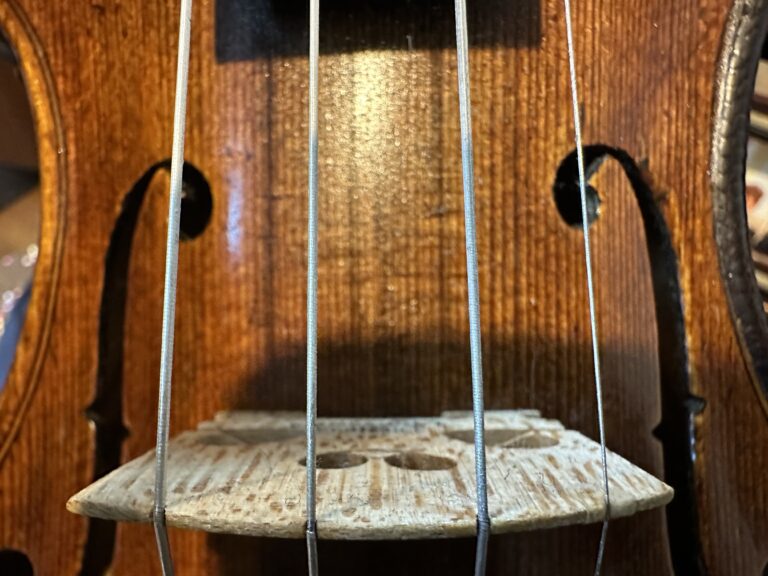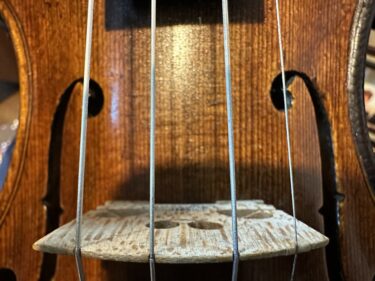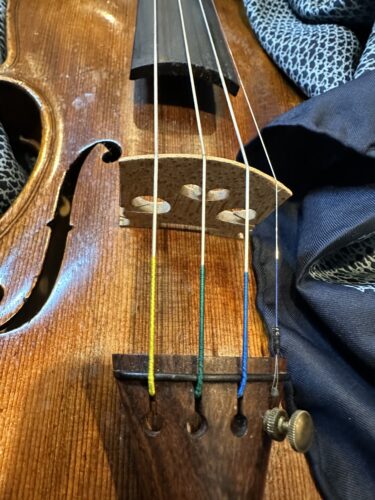The violin is a beautiful and complex instrument, known for its ability to create rich, emotive melodies that tug at the heartstrings. To truly master the violin, it’s essential to develop good intonation, which is the ability to play notes in tune consistently. In this blog post, we’ll explore some effective techniques and exercises to help you improve your intonations while playing the violin.
- Train Your Ear
Developing a strong sense of pitch is crucial for improving intonation. Start by training your ear to recognize pitch differences. You can do this by:
- Using a tuner or a pitch reference (like a piano) to familiarize yourself with the correct pitches of each note.
- Singing the notes you’re about to play on the violin. This helps you internalize the pitch and make adjustments as needed.
- Practicing intervals, scales, and arpeggios to improve your ear’s ability to recognize different pitches.
- Finger Placement
Proper finger placement is crucial for accurate intonation. To ensure your fingers are in the right position:
- Use fingerboard tapes or stickers to help you visualize and feel the correct finger placements.
- Keep your fingers rounded and relaxed, allowing them to press the strings effectively.
- Regularly practice scales and exercises that focus on finger placement, such as Schradieck or Sevcik exercises.
- Improve Your Left Hand Technique
A strong left-hand technique is essential for good intonation. To enhance your left-hand skills:
- Maintain a relaxed hand position with your thumb providing support, but not gripping the neck.
- Keep your wrist straight and avoid tension in your hand and arm.
- Practice shifting between positions smoothly and accurately.
- Bow Control
While the bow is mainly responsible for tone production, it can also impact intonation. To improve your bow control:
- Ensure that your bow is consistently parallel to the bridge.
- Maintain a steady and even bow speed to create a consistent tone.
- Practice long, slow bow strokes to develop control and precision.
- Use a Drone
A drone is a continuous pitch that you can play along with to help you recognize when your intonation is off. To use a drone effectively:
- Choose a drone pitch that matches the root note of the scale or piece you’re practicing.
- Adjust your intonation to match the drone pitch.
- Gradually wean yourself off the drone as your intonation improves.
- Record Yourself
Recording your practice sessions can provide valuable feedback on your intonation. By listening to your recordings, you can:
- Identify areas where your intonation is inconsistent.
- Notice any patterns or tendencies in your playing.
- Track your progress over time.
Conclusion:
Improving intonation on the violin is an ongoing process that requires patience, dedication, and regular practice. By incorporating these techniques and exercises into your practice routine, you’ll be well on your way to achieving better intonation and taking your violin playing to new heights. Remember that the journey of mastering the violin is a lifelong endeavor, so don’t be discouraged by setbacks. Instead, celebrate your progress and enjoy the beautiful music you create along the way.






